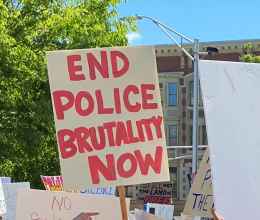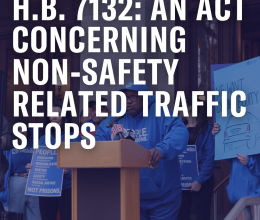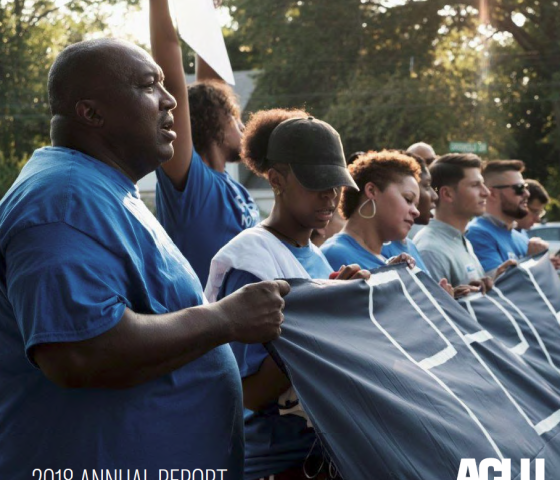The death of a man early Tuesday morning after New Britain police Tasered him has prompted the American Civil Liberties Union of Connecticut to renew a call for meaningful Taser regulation.
"The man who died in New Britain overnight is at least the thirteenth person to die after being Tasered by police in Connecticut since 2005, and the fourth in New Britain," Staff Attorney David McGuire said. "It has become clear that Tasers can kill, particularly by causing heart attacks. Every death is a reminder that the state of Connecticut has not yet adopted clear and reasonable regulations for Taser use, and we urge the legislature again to address this crucial issue."
In 2011 and again in 2013, McGuire testified in favor of state legislation that would have set training and reporting standards for Taser use. In 2013, the ACLU of Connecticut invited Dr. Douglas P. Zipes, an electrocardiologist and professor at the Indiana University School of Medicine, to testify at a legislative hearing about his findings that Taser shocks have caused fatal cardiac arrests.
The bills did not pass. Since the testimony four month ago, the number of people who have died after being shocked by a police Taser in Connecticut rose from 11 to 13.
While the circumstances of the recent deaths are not yet entirely clear, there is an obvious and growing concern among medical and law enforcement authorities about the harm of Taser shocks. In 2011, the U.S. Department of Justice warned that many deaths after Taser exposure were “associated with continuous or repeated shocks.” The same report advised against administering shocks to people who are handcuffed or otherwise restrained, and warned of particular risk in relation to “[a]bnormal mental status in a combative or resistive subject. “
“We know a lot more about Tasers now than we did when they were first introduced, and some of what we’ve learned is alarming,” McGuire said. “It’s past time to set up reporting and training standards so that we can gather more information about the circumstances in which Tasers are being fired and establish guidelines to ensure that they are used appropriately.”
ACLU of Connecticut Renews Call for Taser Regulation
Related Issues
Related content

Civil Liberties Update: Summer 2025
August 14, 2025
Reflecting on the 2025 Legislative Session
July 10, 2025
ACLU of Connecticut Publishes Responses from Inspector General...
April 29, 2025
Inspector General Candidates Answer ACLU of CT Questionnaire on...
April 28, 2025
Du v. Dep’t. of Homeland Security
April 24, 2025
ACLU of Connecticut and Advocates Respond to Bridgeport Police...
April 4, 2025
H.B. 7132: An Act Concerning Non-Safety Related Traffic Stops
March 10, 2025
HB 6948 is about the fight for survival for each and everyone...
February 27, 2025
